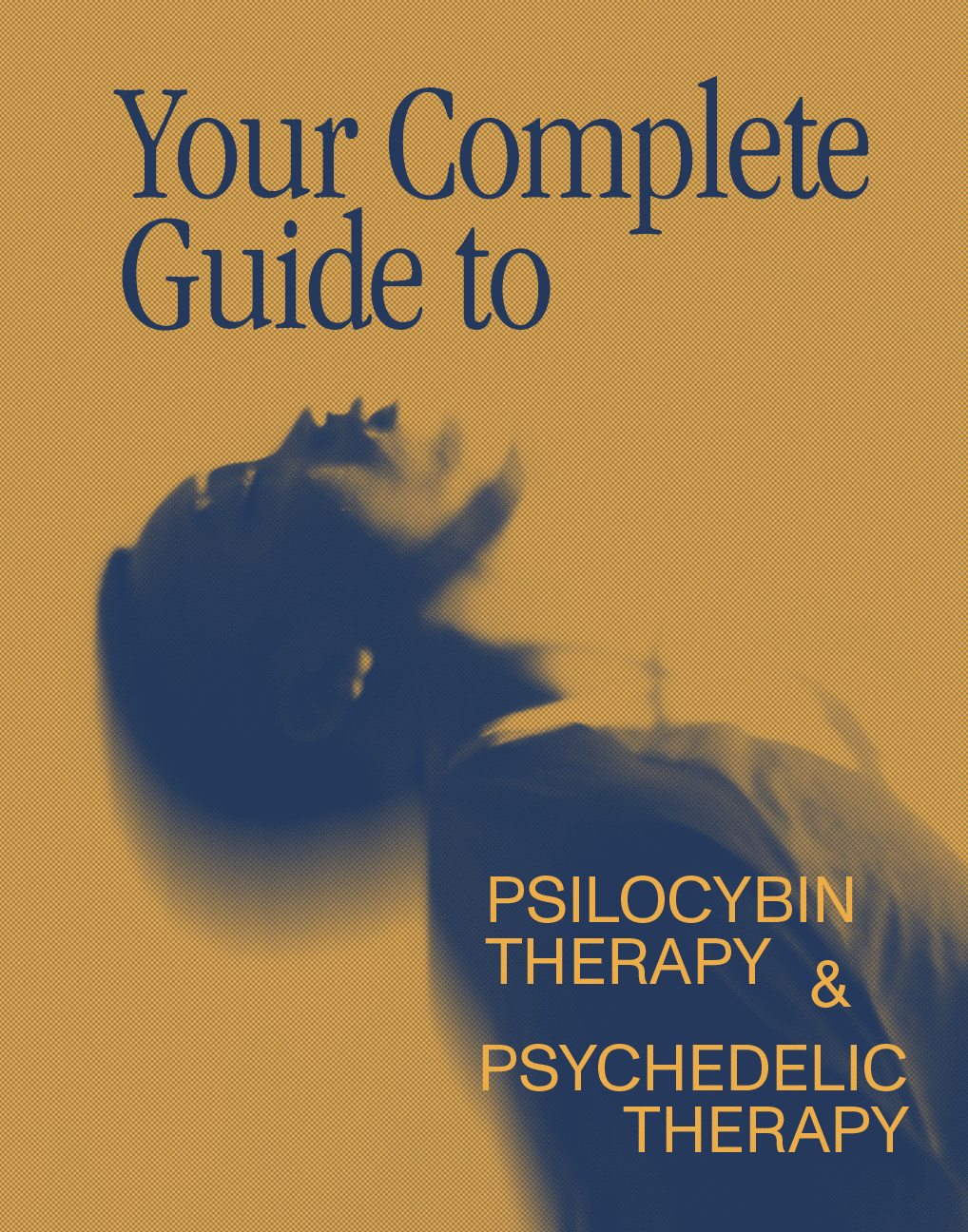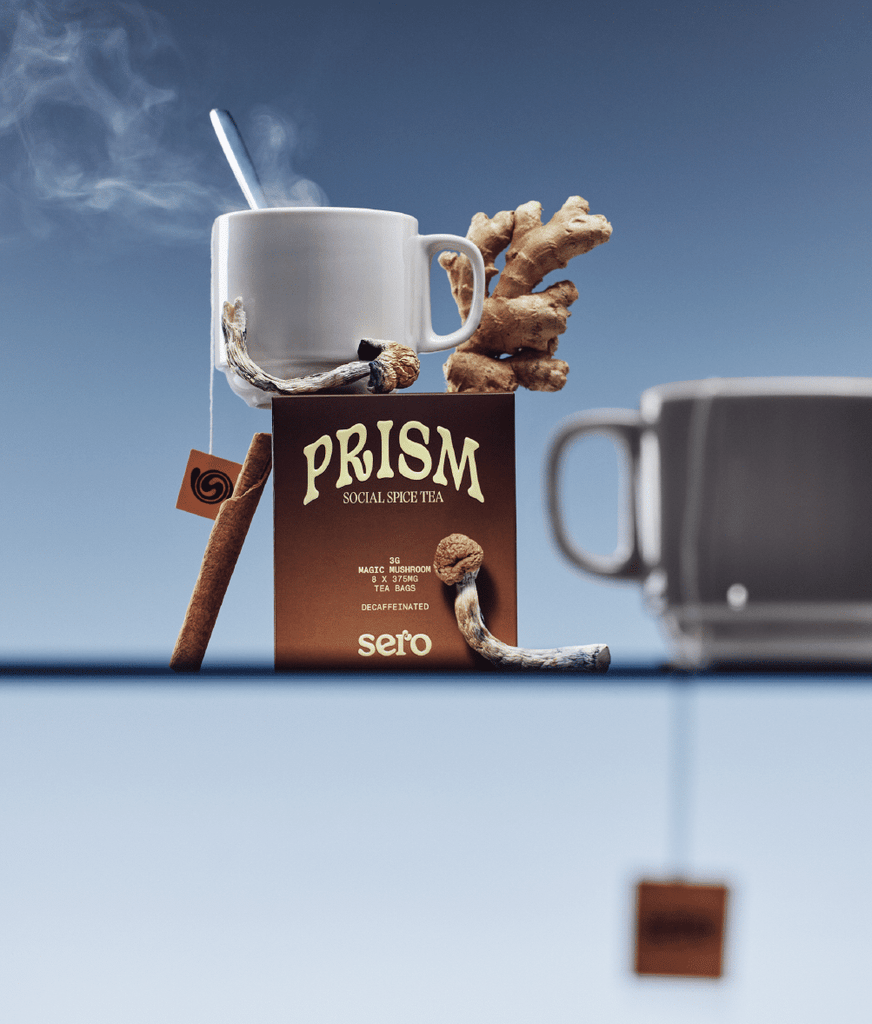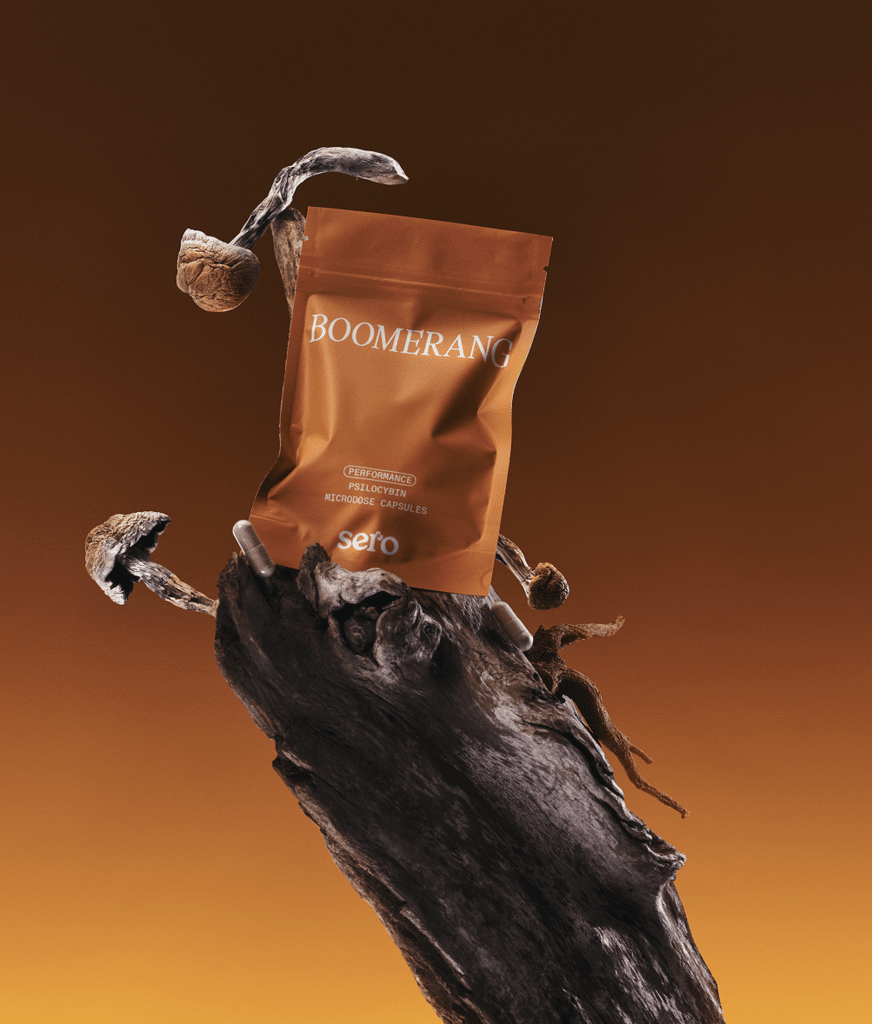Feel Lifted
Looking to microdose and macrodose to improve your mood? Get started with this bundle. .
Free shipping on all orders over $150
Free shipping on all orders over $150
Free shipping on all orders over $150
Free shipping on all orders over $150
Free shipping on all orders over $150
Free shipping on all orders over $150
Free shipping on all orders over $150
Free shipping on all orders over $150
Your Complete Guide to Psilocybin Therapy & Psychedelic Therapy

Psychedelic therapy is a specialized therapeutic approach that combines the use of psychedelics with psychotherapy techniques. It involves the careful administration of substances in a supportive setting, accompanied by trained healthcare professionals and differs from recreational use of psychedelics.
Psychedelic therapies uses plant compounds and chemical compounds like psilocybin, MDMA, ketamine, and LSD to treat mental health disorders, addiction, and other ailments. Psychedelic therapy can be used for people who haven’t responded to traditional treatment options.
While traditional antidepressants can often take weeks to work, most psychedelic studies have shown an immediate improvement in symptoms, sometimes with a single dose.
But how does it work? Truthfully, researchers are still working on the full answer but what they hypothesize is this:
Psychedelics cross the blood-brain barrier and target serotonin receptors – this heightens the senses, creates hallucinations, and instills a sense of connection.
Psychedelic compounds support neuroplasticity – the brain’s ability to learn and change.
A process called synaptogenesis takes places which allows greater communication between neurons in the brain. Researchers believe that important pathways that were disconnected from mental health disorders are rebuilt during this process.
Psychedelic research is also investigating whether the hallucinations themselves breed change: users can have extremely profound experiences that can shift their mindset and patterns of thinking. It can help them see their life and situation in a new way.

There are a large variety of psychedelics used for psychedelic therapy – both plant-derived and chemical compounds. While at Sero we focus on psilocybin, other powerful psychedelics include MDMA, ketamine, LSD, DMT, ayahuasca, and iboga. Keep reading for a rundown on some of the most popular psychedelic therapy options:
Psilocybin, the active compound in magic mushrooms has been shown to be a potential powerful, immediate, and long-lasting treatment for anxiety, depression, post traumatic stress disorder, addiction, obsessive compulsive disorder, and other mental health disorders.
One of the first legal psychedelic drugs for mental health disorders, ketamine has shown promise for treating severe depression. Most ketamine therapy programs administer high doses of ketamine alongside talk-therapy or trauma-based therapy protocols to work through the underlying causes of mental health conditions.
For most users, results from ketamine therapy last between 6 to 8 weeks but many users have seen longer lasting results.
Often used as an alternative treatment for post traumatic stress disorder, MDMA has shown promise as a powerful treatment option to treat PTSD symptoms. One robust 3-phase study showed that 67% of participants were cured of PTSD symptoms after 3 treatments and 88% had significantly reduced symptoms.
LSD is a plant-derived psychedelic drug that’s used to treat addiction (specifically alcoholism) and anxiety. Like other psychedelic therapy, it’s used alongside talk therapy to address the underlying causes of mental health conditions.
Psychedelic therapy can be conducted in many different ways, the most common being:
Independent experience followed by integration: in this format, a participant will go through their experience independently (usually with a trained professional nearby), and will reconvene with their therapist or facilitator after the experience to integrate the lessons, meaning, or visions seen in the journey.
Guided Experience: in this format, participants are usually given lower doses of a psychedelic compound while a therapist or facilitator works with them to address traumas and underlying reasons behind their mental health struggles. Typically these sessions also include intake, preparation sessions and follow up.

Psychedelic therapy has been shown in many studies to be a powerful alternative treatment for depression and anxiety. With psilocybin in particular, studies have shown that a single dose of psilocybin led to significant improvements in mood, anxiety, and overall well-being in patients with treatment-resistant depression. And the most impressive part: their depression scores still remained low at one year after the treatment.
How does it work: psilocybin research has shown it likely works in three ways – first, psilocybin modulates serotonin receptors in the brain which affect mood and emotional processing. Second, psilocybin reconnects areas of the brain thought to be disconnected in people with mental health conditions. Third, psilocybin promotes neurplasticity, your brain’s ability to adapt and change – this allows users to develop new behaviours and thought patterns that support a healthier, happier state.
Studies are still ongoing for the treatment of PTSD with psychedelics but so far, the most effective psychedelic options have been psilocybin treatment and MDMA assisted therapy.
Psychedelic therapy has shown incredible promise for addiction treatment. Addiction commonly occurs alongside depression, anxiety, and PTSD and psychedelics are used to target the underlying cause.
So far, psilocybin and iboga have shown to be the most successful psychedelics for treating addiction.
Research suggests that individuals suffering from eating disorders can benefit from psychedelic therapy. Participants in a psilocybin trial shared that their body image and thoughts about themselves shifted through psychedelics which led them to healthier habits.
Some psychedelics are approved for those experiencing anxiety following a terminal diagnosis. Studies have shown that psilocybin and other psychedelic drugs can help ease depression and anxiety that coincide with a terminal illness.
Because these therapies are still relatively new in the western world, approaches may vary and clinicians are still working on optimizing this process, but usually psilocybin therapy takes places in three phases:
Clinicians will consult with potential participants to discuss their condition(s), ensure they’re a good fit for the treatment, and check for contradictions that are incompatible with psychedelics.
In this phase, the participant ingests the psychedelic compound – the format varies greatly depending on the psychedelic being used but could come in the form of a tea, injection, chocolate, or capsule.
Depending on the treatment plan and type of psychedelic, the number of treatments will vary:
Psilocybin therapy and LSD assisted therapy usually involve 2 sessions or more.
Ketamine assisted therapy commonly involves 6-12 sessions.
MDMA assisted therapy usually starts with 3 sessions.
Iboga treatment usually involves 2 traditional ceremonies. Ibogaine treatment options differ from the traditional format.
In this phase, the participant and therapist or facilitator discuss the experience and work together to integrate the meaning and lessons from the experience.
Psychedelics have been shown to be low risk, especially when used in a clinical or therapeutic setting. There are some transient potential side effects like temporarily raised blood pressure, increased heart rate, and headaches with some psychedelics.
Psychedelics do have contraindications which can cause complications. Certain medications, medical conditions, and mental health disorders should not be combined with psychedelics. A trained facilitator will check for contraindications before proceeding with treatment.

TheraPsil is a nonprofit organization dedicated to training healthcare professionals in both MDMA and psilocybin-assisted therapy and advocating for legal access to psychedelic therapy. Their clinical protocol, which includes the 3-phase model discussed in this article, provides a standardized approach to psilocybin therapy that prioritizes safety and efficacy.
While the 3-phase model is not unique to TheraPsil, it represents a best-practice approach that is gaining wider acceptance in the field of psychedelic therapy.
The three phases are:
1) Preparation
2) Psychedelic Session
3) Integration
These sessions focus on creating a safe and trusting environment, where the psychedelic therapist builds a strong foundation for the patient’s therapeutic journey. They take the time to understand the patient’s challenges and aspirations, collaboratively setting personalized goals to ensure a meaningful experience. Preparation sessions also involve careful consideration of set and setting for the medicine session to create an environment optimized for healing and personal growth.
Under the guidance of trained practitioners, the patient participates in a carefully administered psychedelic medicine session. This controlled exploration of altered states of consciousness offers profound insights and facilitates the release of emotional burdens, with the potential for therapeutic breakthroughs. Therapists carefully manage the set, setting, and interpersonal dynamics to create a sense of trust and psychological safety during the psychedelic state.
The integration phase is crucial for translating the therapeutic content of the psychedelic experience into practical and sustainable changes in everyday life. Through at least 3 structured integration sessions, therapists help the patient apply the gained wisdom, fostering personal growth and long-term well-being.
Learn more about TheraPsil’s 3 Phase Psilocybin Therapy Model in this video with TheraPsil Founder, Dr. Bruce Tobin.
________________________________
If future research continues to demonstrate strong results, psychedelic therapy could transform mental healthcare and provide relief for millions suffering from treatment-resistant conditions.
If you’re interested in learning more about psychedelic therapy or advocating for greater access to these treatments, we encourage you to tell your healthcare professional about TheraPsil and legal psychedelic therapy. For more information about TheraPsil and their work, visit their website.